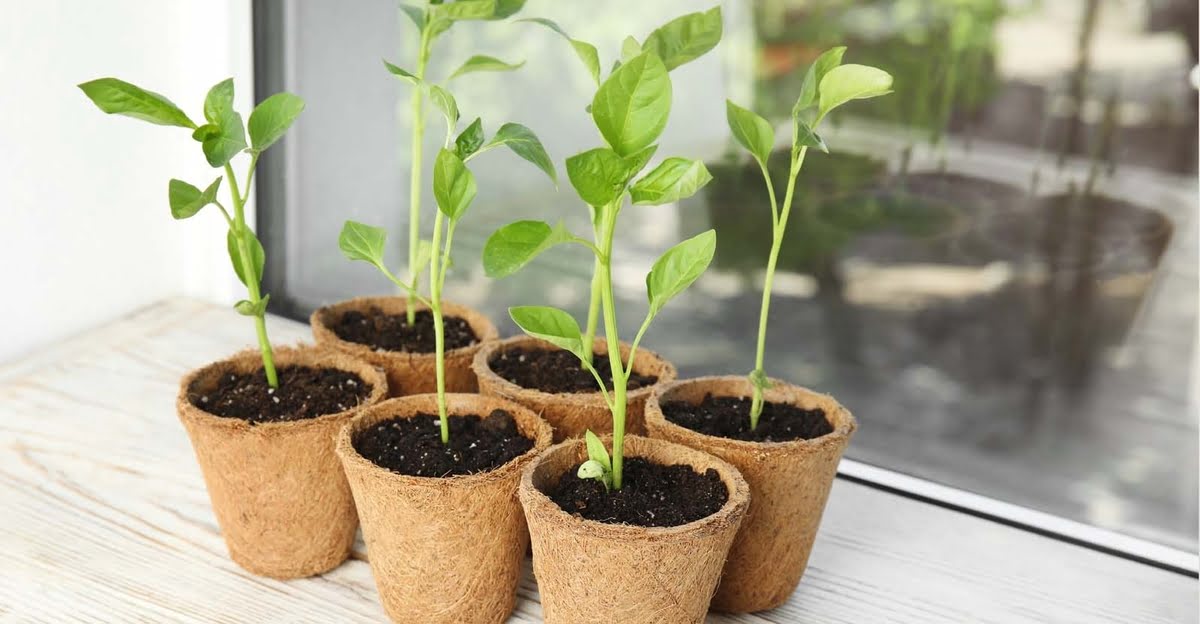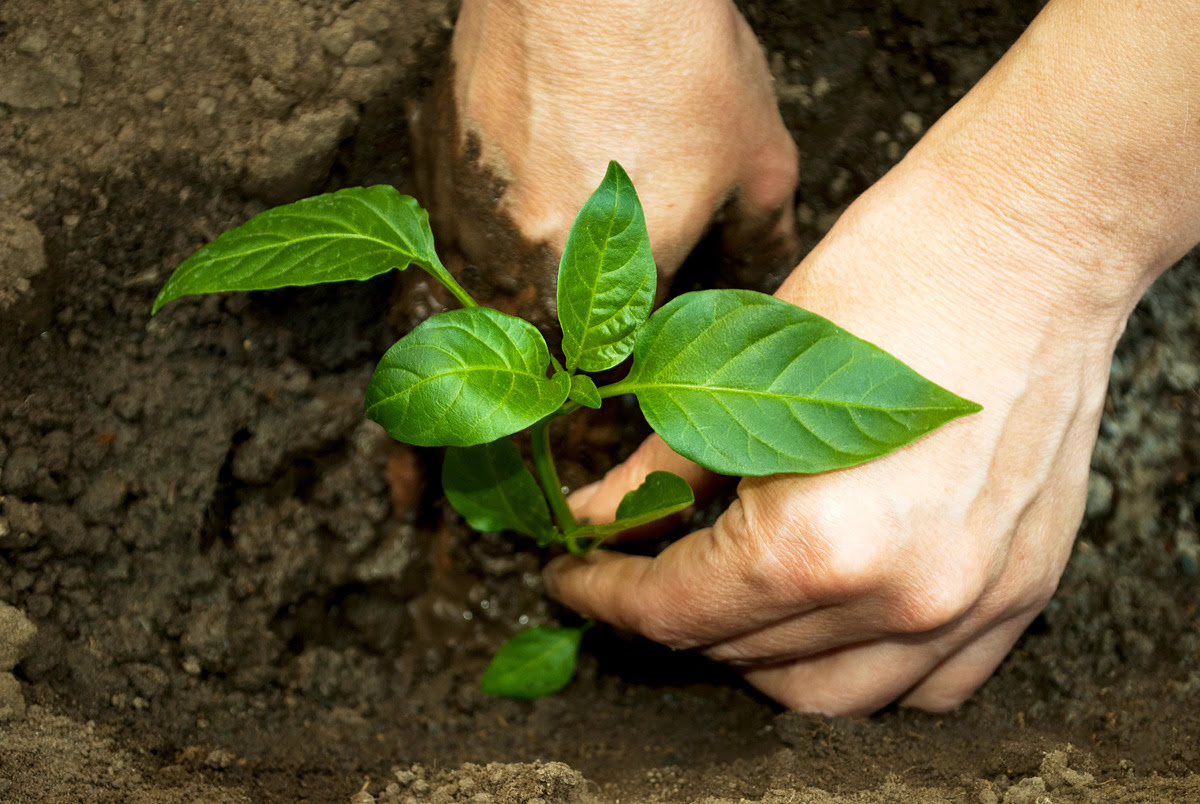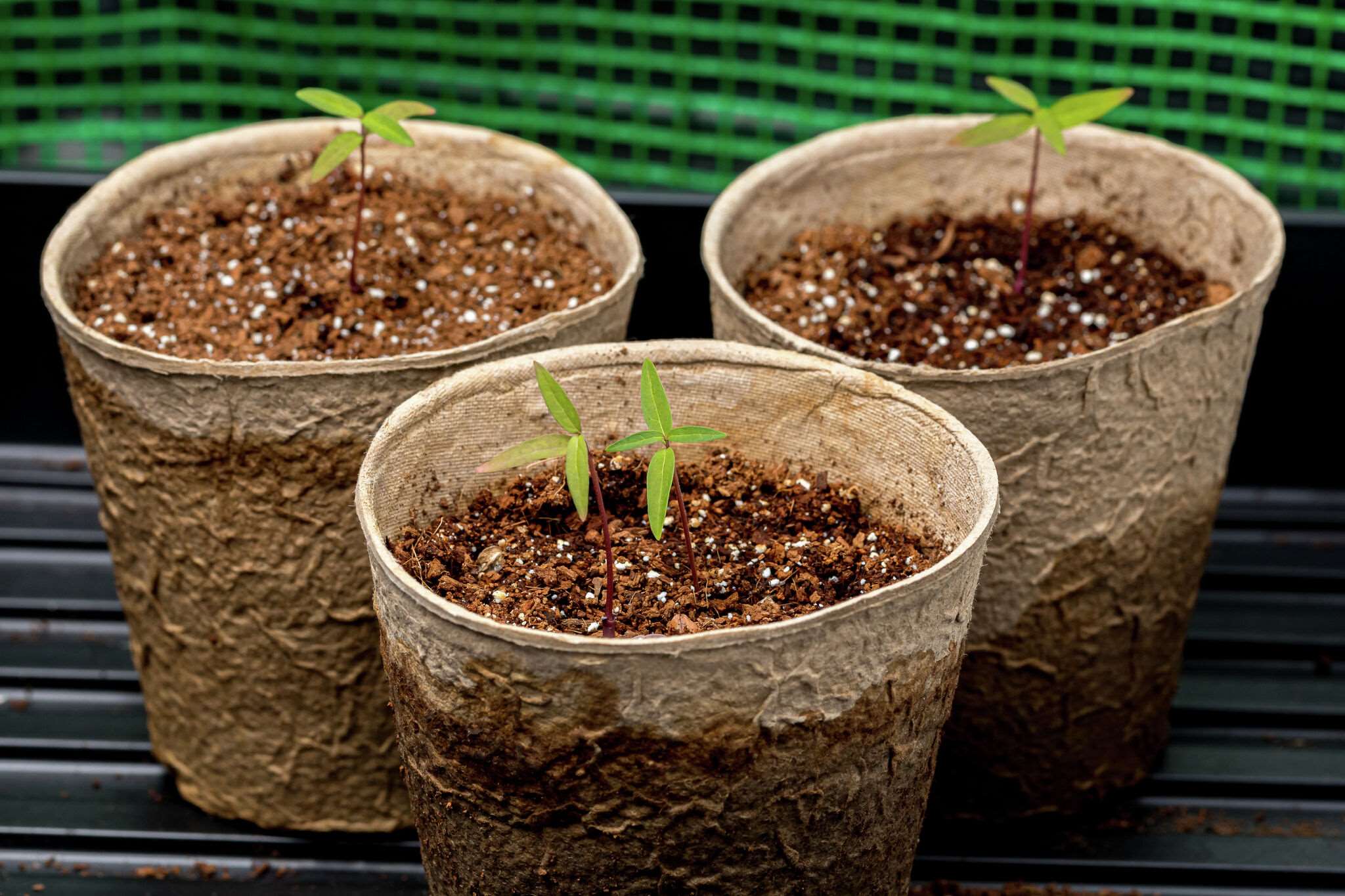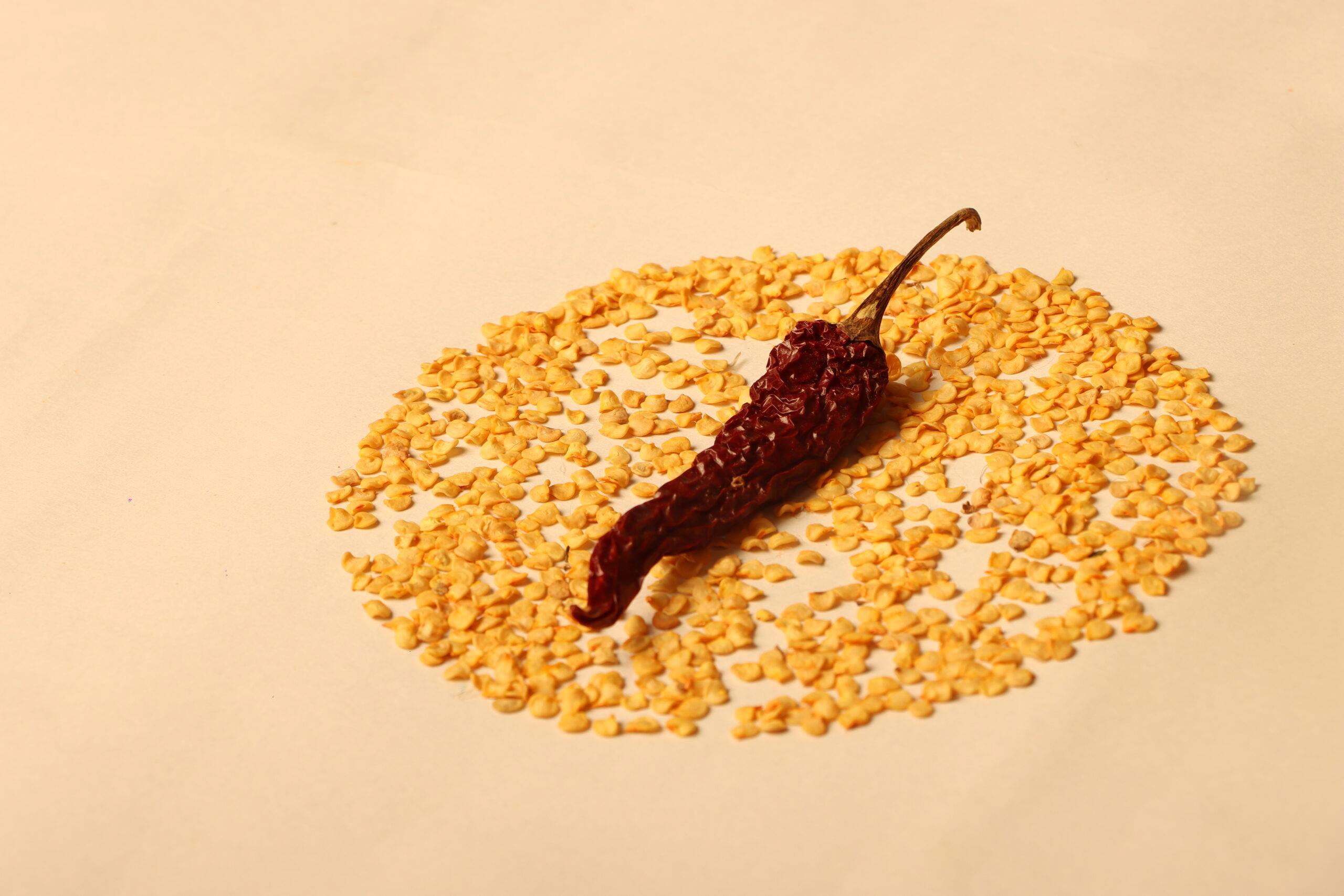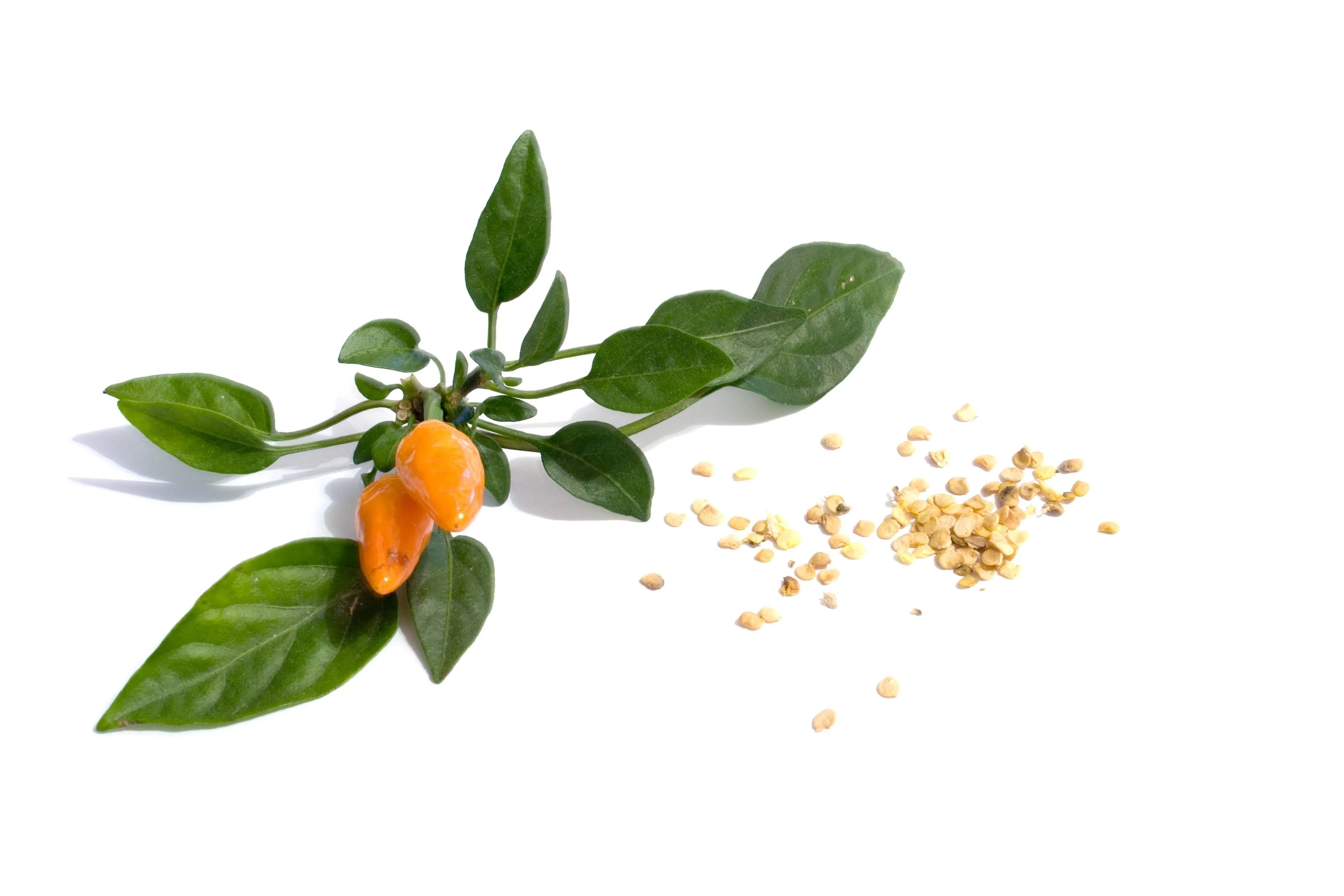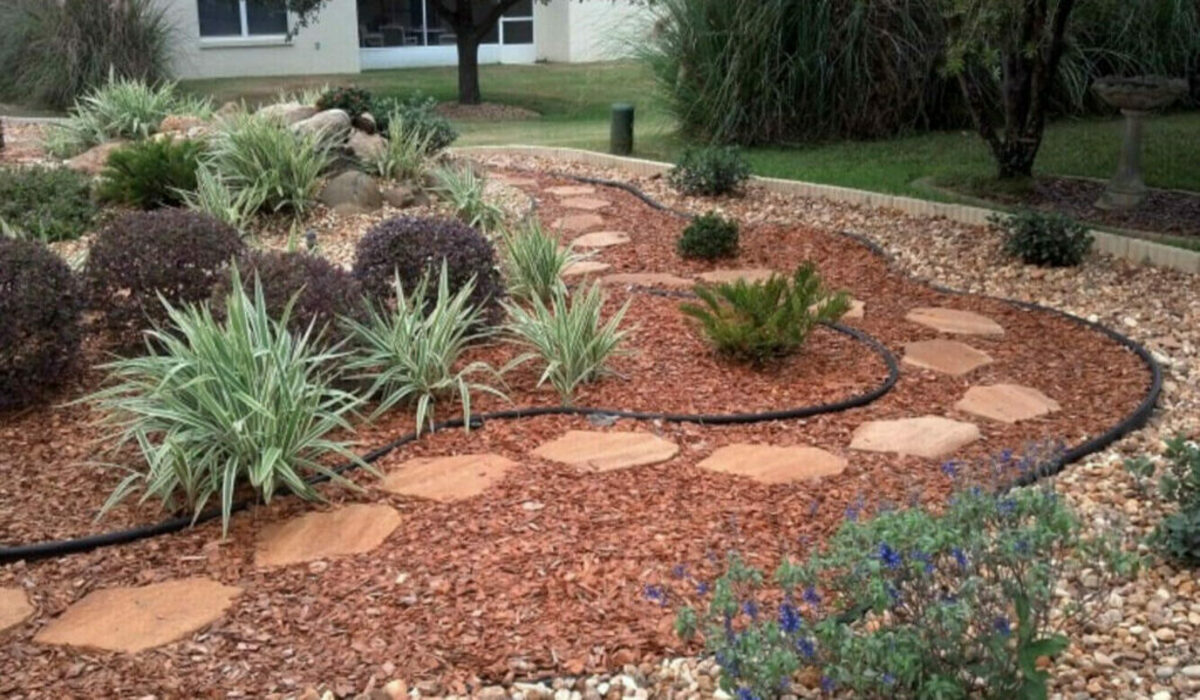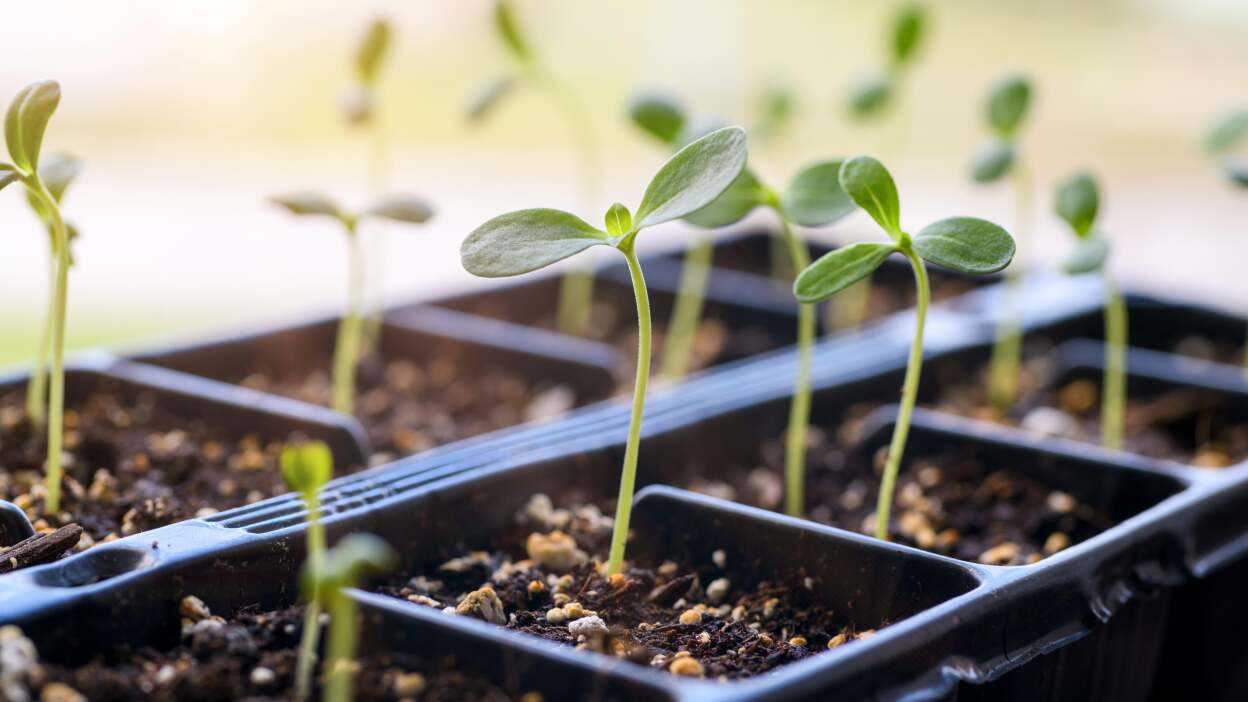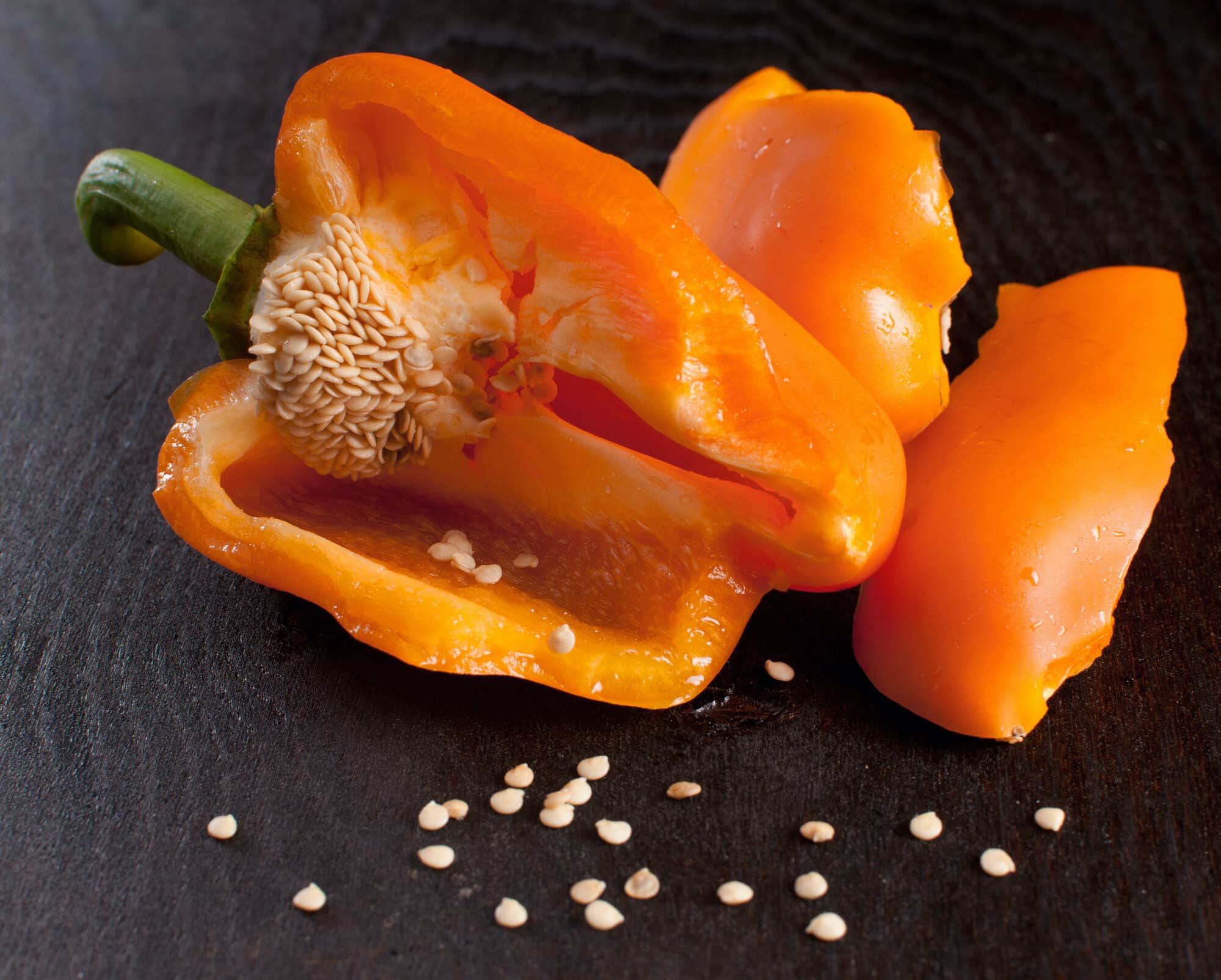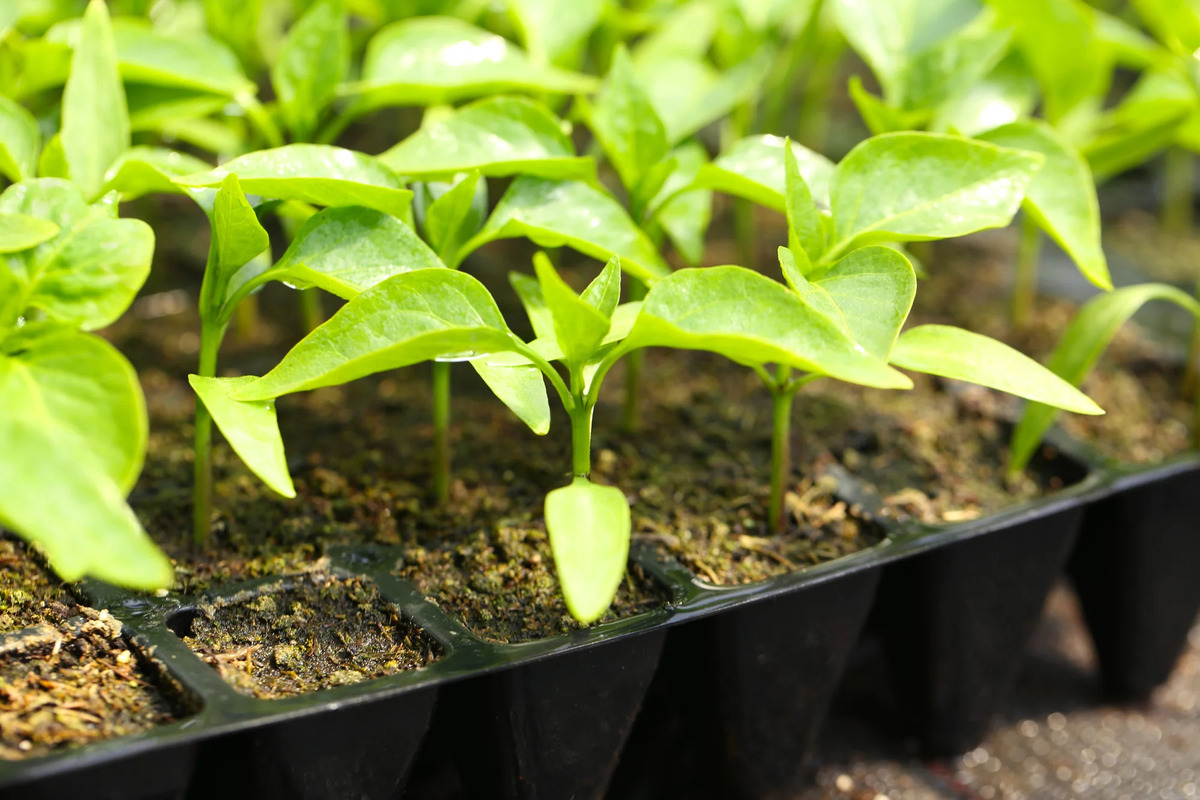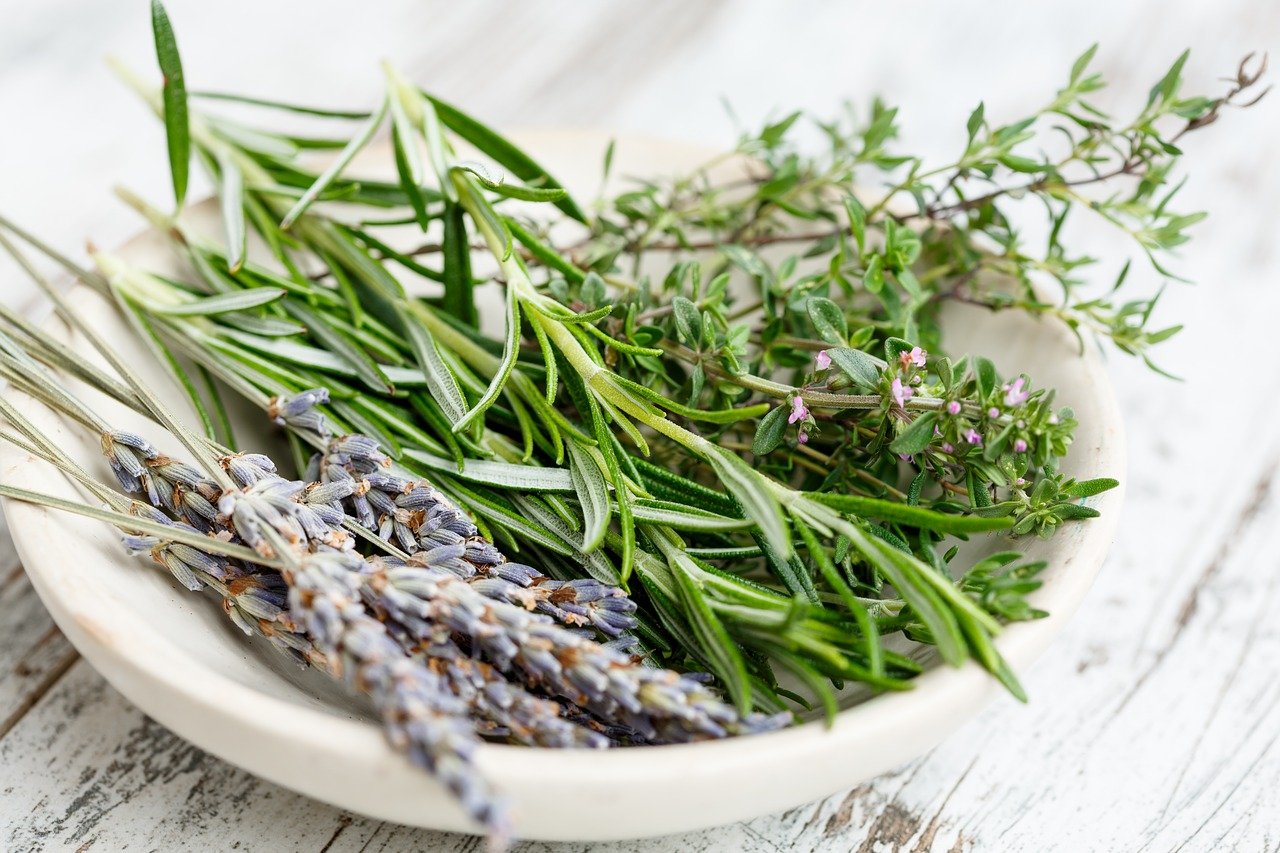Home>Types of Gardening>Edible Gardening>How Cold Can Pepper Seedlings Tolerate
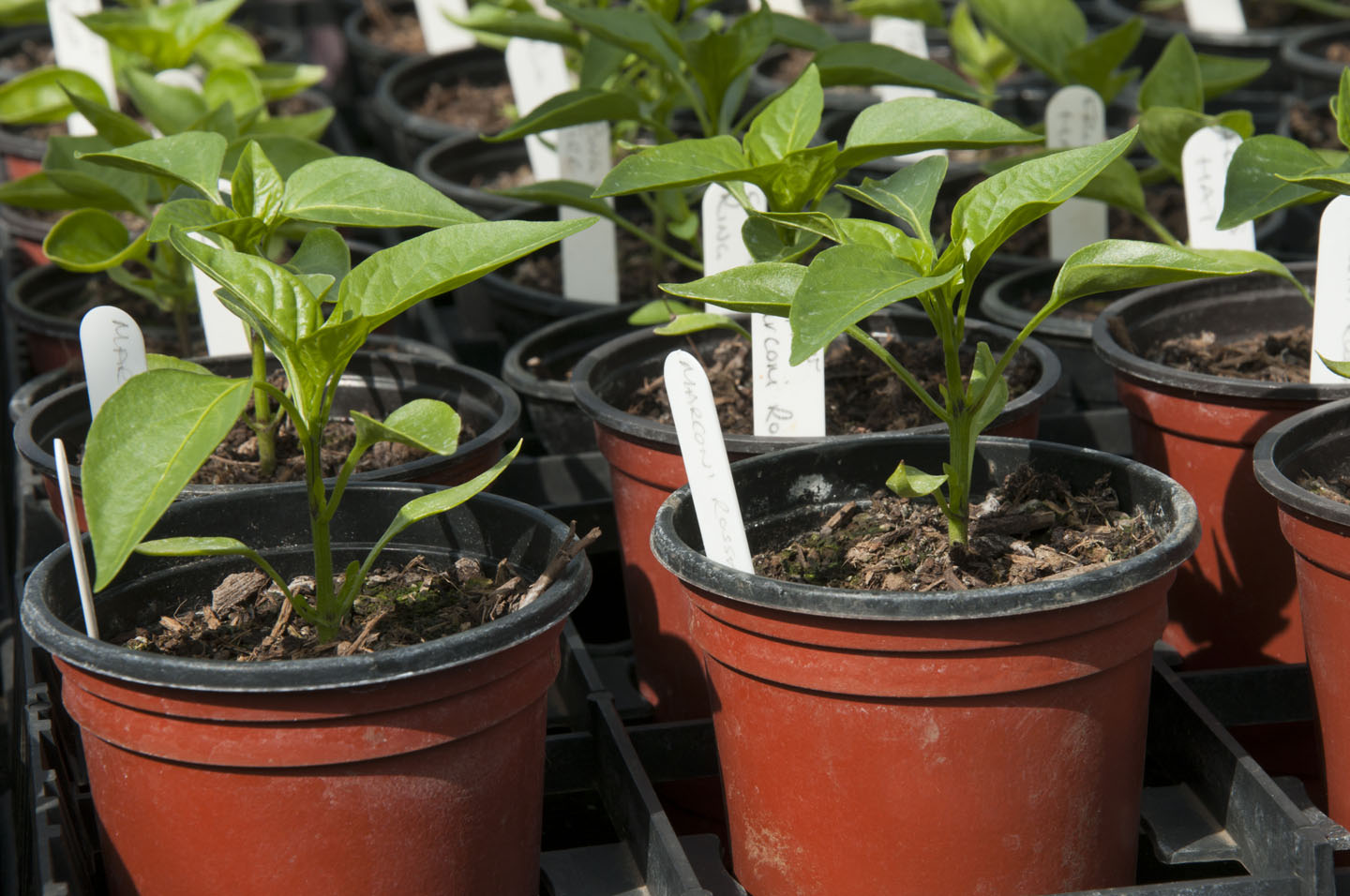

Edible Gardening
How Cold Can Pepper Seedlings Tolerate
Published: January 1, 2024
Discover how cold pepper seedlings can tolerate and thrive in your edible garden. Learn the best practices for growing peppers in varying temperatures.
(Many of the links in this article redirect to a specific reviewed product. Your purchase of these products through affiliate links helps to generate commission for Chicagolandgardening.com, at no extra cost. Learn more)
Table of Contents
Introduction
Understanding the Cold Tolerance of Pepper Seedlings
When it comes to cultivating a thriving edible garden, the successful germination and growth of pepper seedlings are essential for a bountiful harvest. However, the journey from seed to robust seedling is not without its challenges, and one of the most significant obstacles is the susceptibility of pepper seedlings to cold temperatures. In this comprehensive guide, we will delve into the factors influencing the cold tolerance of pepper seedlings, explore the optimal temperatures for their growth, examine the varying cold tolerances of different pepper varieties, and provide practical strategies to enhance the cold resistance of these tender seedlings.
Pepper seedlings, with their delicate nature, are particularly susceptible to the adverse effects of cold temperatures. Understanding the precise temperature thresholds at which these seedlings can thrive and the strategies to mitigate the impact of cold is crucial for any gardener seeking a flourishing pepper harvest.
Throughout this article, we will uncover the nuances of pepper seedling cold tolerance, empowering you with the knowledge and insights needed to nurture resilient and thriving pepper plants. Let's embark on this enlightening journey to unravel the secrets of enhancing the cold tolerance of pepper seedlings.
Factors Affecting Pepper Seedling Cold Tolerance
Several key factors play a pivotal role in determining the cold tolerance of pepper seedlings. Understanding these factors is essential for effectively safeguarding the tender seedlings from the detrimental impact of cold temperatures.
- Genetic Variation: The genetic makeup of different pepper varieties significantly influences their cold tolerance. Certain pepper cultivars have been selectively bred for enhanced cold resistance, while others may be more susceptible to chilling injury.
- Acclimation: The ability of pepper seedlings to acclimate to lower temperatures over time is a crucial determinant of their cold tolerance. Exposing seedlings to gradually decreasing temperatures can stimulate physiological changes that enhance their ability to withstand cold stress.
- Soil Moisture Levels: The moisture content of the soil surrounding pepper seedlings can impact their susceptibility to cold damage. Well-hydrated seedlings are better equipped to endure cold temperatures compared to those growing in dry or waterlogged soil.
- Environmental Conditions: Factors such as humidity, wind, and cloud cover can influence the degree of cold stress experienced by pepper seedlings. Windy conditions, for instance, can exacerbate the impact of cold temperatures by increasing the rate of moisture loss from the plant tissues.
- Plant Age and Health: Younger and more vigorous pepper seedlings tend to exhibit greater resilience to cold stress compared to older or stressed plants. Vigorous seedlings with robust root systems are better equipped to withstand temperature fluctuations.
By comprehensively considering these influential factors, gardeners can implement targeted measures to optimize the cold tolerance of their pepper seedlings, thereby fostering their healthy development and productivity.
Optimal Temperatures for Pepper Seedling Growth
Understanding the ideal temperature range for the successful growth of pepper seedlings is paramount for fostering their robust development. Pepper plants, belonging to the Solanaceae family, thrive in warm and moderately humid conditions, making temperature a critical factor in their cultivation.
The optimal temperature range for germinating pepper seeds typically falls between 75°F and 85°F (24°C–29°C). However, once the seeds have sprouted and developed into seedlings, maintaining a slightly lower temperature range of 70°F to 80°F (21°C–27°C) is conducive to their continued growth. These temperatures provide the warmth necessary for the activation of essential metabolic processes while preventing excessive heat stress that can impede healthy growth.
It is important to note that pepper seedlings are highly sensitive to cold temperatures, with their growth and development being significantly hampered when exposed to prolonged periods of chilly conditions. Temperatures below 55°F (13°C) can stunt the growth of pepper seedlings and may lead to chilling injury, manifesting as stunted growth, leaf discoloration, and overall diminished vigor.
Conversely, excessively high temperatures, especially above 90°F (32°C), can also pose challenges for pepper seedlings, potentially causing heat stress and impairing their physiological functions. Therefore, maintaining a balanced temperature regime within the optimal range is essential for nurturing vigorous and resilient pepper seedlings.
By meticulously regulating the ambient temperature and providing the ideal thermal environment, gardeners can maximize the growth potential of their pepper seedlings, setting the stage for a flourishing and productive harvest.
Cold Tolerance of Different Pepper Varieties
Pepper varieties exhibit varying degrees of cold tolerance, with certain cultivars displaying remarkable resilience to chilly conditions, while others may falter in the face of cold stress. Understanding the cold tolerance spectrum across different pepper varieties is instrumental in selecting the most suitable cultivars for specific growing environments and climates.
Some pepper varieties, such as the Jalapeño and Habanero, are renowned for their robust cold tolerance, enabling them to thrive in regions with cooler climates. These varieties have been naturally selected or selectively bred to withstand lower temperatures, making them well-suited for cultivation in areas prone to late spring frosts or early fall chills.
Conversely, certain pepper types, including the Thai Bird’s Eye and Banana Pepper varieties, are more sensitive to cold temperatures and may struggle to endure prolonged exposure to chilly conditions. For these varieties, providing ample protection and implementing cold-mitigating strategies is crucial for safeguarding their growth and productivity.
It is important for gardeners to research and select pepper varieties that align with the prevailing climate and seasonal temperature patterns in their specific geographic location. By choosing cultivars with an appropriate level of cold tolerance, gardeners can mitigate the risks associated with temperature fluctuations and optimize the overall success of their pepper cultivation endeavors.
Furthermore, advancements in agricultural science and breeding techniques have led to the development of new pepper varieties with enhanced cold tolerance, offering expanded options for growers seeking resilient cultivars capable of thriving in diverse climatic conditions. These innovative varieties present valuable opportunities for expanding pepper cultivation into regions previously deemed unsuitable due to cold-related constraints.
By embracing the diversity of cold tolerance among pepper varieties and leveraging the available genetic resources, gardeners can cultivate thriving pepper plants that defy the challenges posed by fluctuating temperatures, ultimately reaping a bountiful harvest of vibrant and flavorful peppers.
Strategies to Improve Cold Tolerance in Pepper Seedlings
Enhancing the cold tolerance of pepper seedlings is a multifaceted endeavor that encompasses proactive measures to fortify their resilience against adverse temperature fluctuations. By implementing strategic interventions and cultural practices, gardeners can effectively bolster the ability of pepper seedlings to withstand cold stress, ensuring their continued growth and vitality.
- Site Selection and Microclimate Management: Choosing an optimal planting site with good air drainage and minimal exposure to cold pockets can mitigate the risk of frost damage to pepper seedlings. Additionally, utilizing protective structures such as row covers or cold frames can create favorable microclimates, shielding the seedlings from chilling temperatures.
- Timing of Planting: Scheduling the planting of pepper seedlings to coincide with the onset of consistently warmer temperatures can minimize their exposure to late spring frosts or early fall chills, reducing the likelihood of cold-induced damage.
- Mulching: Applying a layer of organic mulch around the base of pepper seedlings helps regulate soil temperature, insulating the roots and minimizing temperature fluctuations that can compromise their growth. Mulching also conserves soil moisture, further supporting the resilience of the seedlings.
- Water Management: Maintaining appropriate soil moisture levels is essential for bolstering the cold tolerance of pepper seedlings. Adequate hydration fortifies the plant cells, reducing the risk of freeze damage, while avoiding waterlogged conditions that can exacerbate cold stress.
- Row Covers and Protective Barriers: Deploying row covers, cloches, or other protective barriers during periods of inclement weather shields pepper seedlings from the direct impact of cold temperatures and frost, creating a sheltered environment conducive to their growth.
- Varietal Selection: Opting for pepper varieties renowned for their cold tolerance equips growers with inherently resilient cultivars capable of withstanding chilly conditions, minimizing the need for extensive cold protection measures.
By integrating these strategic approaches into their cultivation practices, gardeners can empower their pepper seedlings to confront and surmount the challenges posed by cold temperatures, fostering their resilience and ensuring a thriving and productive harvest of vibrant peppers.
Conclusion
Embarking on the journey of nurturing pepper seedlings to withstand and thrive in cold temperatures requires a nuanced understanding of the intricate interplay between environmental factors, plant physiology, and strategic interventions. By delving into the factors influencing pepper seedling cold tolerance, exploring the optimal temperature ranges for their growth, and considering the varying cold tolerances across different pepper varieties, gardeners can cultivate a deeper appreciation for the resilience of these tender plants.
As guardians of these delicate seedlings, gardeners are empowered to implement a range of strategic measures to fortify the cold tolerance of pepper seedlings, from site selection and microclimate management to varietal selection and cultural practices. These proactive interventions serve as a testament to the harmonious synergy between human stewardship and the innate resilience of the natural world.
The art of nurturing pepper seedlings to withstand cold temperatures is a testament to the enduring partnership between horticultural expertise and the adaptive prowess of plant life. Through thoughtful consideration of the multifaceted strategies outlined in this guide, gardeners can cultivate a thriving haven for their pepper seedlings, fostering their resilience and ensuring their steadfast growth in the face of temperature fluctuations.
As we celebrate the resilience and tenacity of pepper seedlings in the face of cold adversity, we are reminded of the profound interconnectedness between the natural world and the nurturing hands of dedicated gardeners. This symbiotic relationship, characterized by mutual support and unwavering determination, culminates in the flourishing of vibrant pepper plants, yielding a rich bounty that is a testament to the enduring spirit of life.
Armed with the insights and strategies encapsulated in this guide, gardeners are poised to embark on a journey of cultivation that transcends the challenges of cold temperatures, paving the way for a flourishing harvest and a deeper connection to the remarkable resilience of the natural world.
